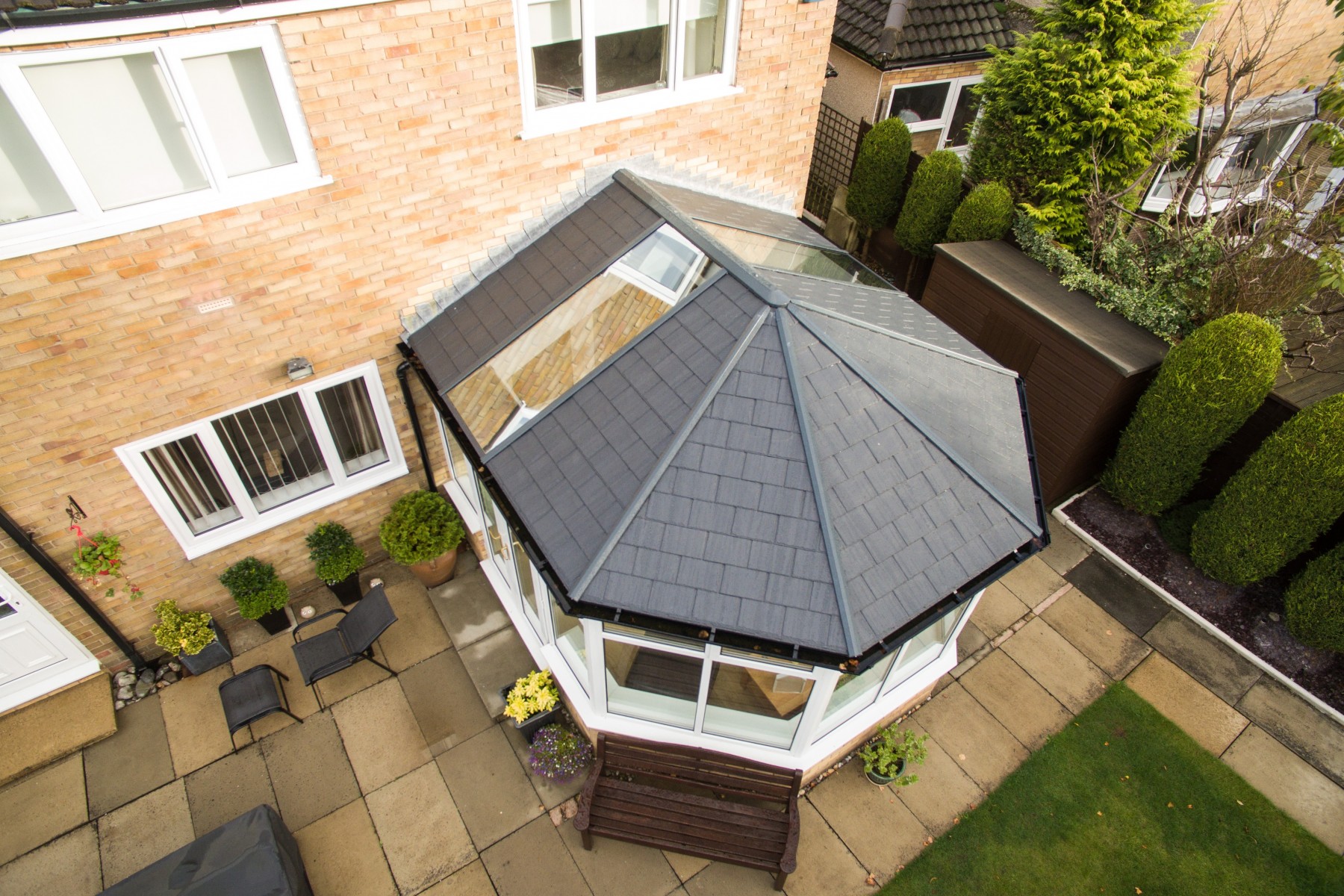Roof Replacement Cost For Terraced House: A Guide for Homeowners
Roof Replacement Cost For Terraced House: A Guide for Homeowners
Blog Article
Replacing a roof is a major undertaking for any homeowner in the UK, and it's one that often comes with a significant cost. However, it is also one of the most important home maintenance tasks, as the roof serves as the primary barrier between the elements and the interior of your property. With the UK's unpredictable weather - including heavy rainfall, strong winds, and occasional snow - roofs are exposed to constant stress, making regular upkeep essential. Roofs naturally degrade over time and may require more than repairs to keep them structurally sound. When leaks become frequent, tiles start to fall, or insulation becomes ineffective, it's usually a sign that a full replacement is needed. Neglecting these signs could lead to expensive damage in the house, such as mould, rot and electrical problems. A new roof not only enhances the appearance of a property but also increases its value and energy efficiency.
In the UK, the lifespan of a typical roof depends heavily on the material used and how well it has been maintained. Slate and clay tiles are traditional choices for British homes and can last 50 to 100 years if properly installed and maintained. Concrete tiles offer a more affordable option and are still durable for 40-60 years. This makes them an attractive choice for homes of today. Felt roofs, often used on extensions and garages, usually have a shorter life expectancy of 20 to 30 years. While some homeowners may opt for patch repairs to extend the life of their roof, this approach can quickly become more expensive than a full replacement. A professional roof inspection can determine if a replacement is needed and which options best suit the structure and location your home. Factors such as ventilation, roof pitch, and underlayment condition should also be considered during assessment.
Leaks are one of the clearest signs that your roof is in need of replacement. Water stains or drips on the ceiling and walls are often signs that your roof needs to be replaced. Unresolved leaks may cause serious structural problems, such as damage to your interior, wooden beams, or insulation. If the leak persists, or the damage has spread, you may need to completely replace your roof. Another sign of roof deterioration is the appearance of missing or broken tiles or slates. Over time, these can become loose or damaged due to weather exposure, and replacing them can help prevent leaks and further damage.
The Typical roof replacement prices in the UK process can be complicated and lengthy, requiring expertise from a roofing professional. First, a roof inspection is conducted to determine the extent of damage. Once this has been established, the old roofing material is removed, and the structure is prepared for the new roof. This may involve repairing or replacing the underlying decking, which is the layer beneath the roofing material that supports it. After the structure is secured, new roofing material is installed, with options ranging from traditional tiles and slates to more modern materials like metal roofing or synthetic tiles. The entire process can take several days, depending on how large the house is and how complex the roof structure is. To receive supplementary details please go to https://www.roofadvisor.co.uk/how-much-does-a-roof-replacement-cost-in-the-uk/
Timing is an important consideration when planning a roof replacement in the UK. The best time for such a project is during the spring or early autumn, when weather conditions are generally more predictable. Project delays and complications can be caused by cold winters or wet summers, particularly if you leave the roof exposed too long. The homeowner should consider the length of time it will take to complete the project. A full roof replacement can typically be completed in between one week and two weeks depending on how large and complex the home is. Scaffolding may be installed and there will likely be more noise than normal during this period. By planning ahead and informing your neighbours, you can smooth out the process. A well-organised roofing team will work efficiently to complete the job while ensuring safety and cleanliness throughout the process.
Roof replacement in the UK is an essential part of long-term home maintenance and should not be delayed once signs of significant wear appear. Installing a new roof properly will protect your home from harsh weather conditions, increase insulation and add value to the property. With a range of materials and styles to choose from, as well as evolving technologies, homeowners can tailor their new roof to fit both aesthetic preferences and practical needs. The cost may be high, but the benefits over time - such as energy savings, structural stability, and peace-of-mind - are worth it. Careful planning, the right contractor, and informed decision-making are the keys to a successful roof replacement. Replacing an old roof can be a smart investment for UK homeowners who want to safeguard their home's value over the next few decades.